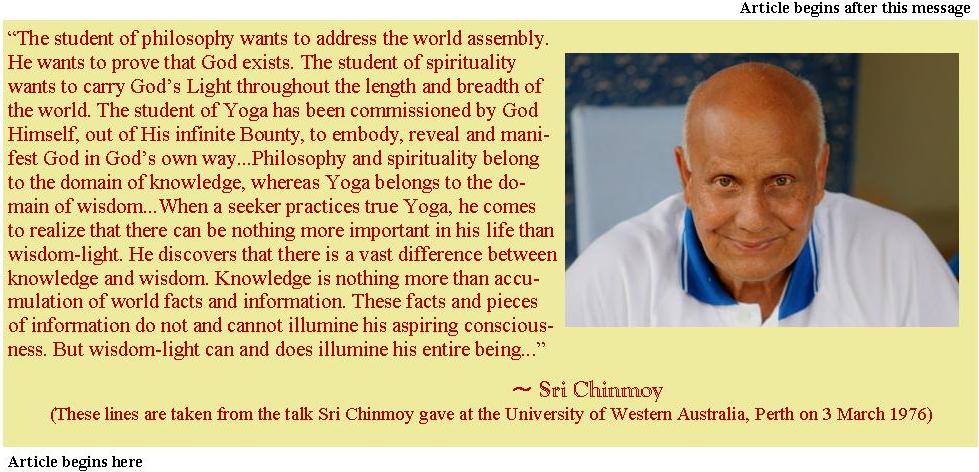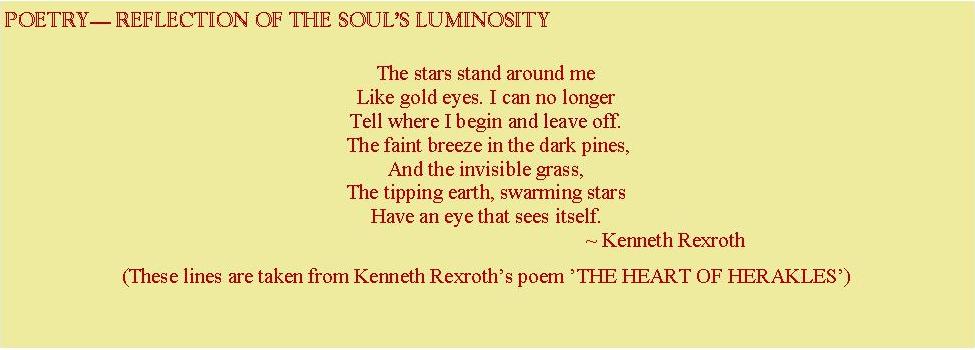
Dag Hammarskjold came from one of the oldest and well-known families in Sweden who for more than three centuries provided the nation with civil servants and soldiers, many of whom attained high rank. Dag’s father, Hjalmar Hammarskjold, was the Prime Minister of Sweden, through the tense war years, from 1914 to 1917.
The Hammarskjold family lived for more than a quarter of a century in a massive Castle in the city of Uppsala. Dag lived with his parents in this castle from the age of two through his student days at Uppsala University. In the fall of 1930, when his father retired, he moved with his parents to an apartment in Stockholm.
For young Dag the massive ancient castle of the Vasas was a wonderful playroom where mysterious passages ran between massive walls; in the towers were circular banquet-rooms and, at other places there were dark dungeons. Dag often led his young friends on thrilling explorations into the winding passages of the fortress. But it was the grounds and the gardens of the castle that became young Dag’s botanical-zoological workshop. “Beginning to learn the Latin names of plants by the age of six, as one of his brothers admiringly reported, he became a clear-eyed explorer of all things that grew or padded, hopped or crawled within sight of the castle.” (1). Often Dag spent his time collecting animals from ditches and making cages for larvae & feeding them greenery. Because of this habit of taking care of larvae, his mother, Agnes, fondly started calling him “my little larva”.
Of his father and mother once Dag wrote to a friend, “Where the one was light, the other was warmth.”(2). Dag’s father, Hjalmar, contributed immensely towards his development as a political leader and a social thinker. It was from his father that Dag learnt an exacting and unflinching devotion to duty, love for his country, sympathy for small nations, and dedication to the realization of an international order based on justice. His mother Agnes “surely gave Dag the internal basis for a caring emotional life, for sharing with others the good and the bad, for daring to view the human condition with the mind and heart of faith.”(3) Of his mother Dag once said, ‘…She had the qualities I admire most: she was courageous and good.’(4). Reflecting on his relation with his mother many of Dag’s friends have admiringly said, “In all her charitable interests and activities, her son Dag was a loyal, though sometimes amused, companion and lieutenant. ‘Every Sunday he accompanied her to church, and he would patiently wait while she chatted with friends or acquaintances she chanced to meet in the street, whether the Archbishop or a poor shoemaker whom she had recently rescued from bankruptcy’. And he ‘accompanied her on her visits to people in distress’. In European society of that day there was often the ‘stay-at-home daughter’ who remained to look after her parents, which prompted one of Dag Hammarskjold’s oldest and most admiring friends to suggest: ‘Dag was the Hammarskjold family’s stay-at-home daughter. The fantastic thing is that at the same time he could be a boy with the others, pass exams as brilliantly as he did and make a great career’.(5)
Dag was very devoted to his parents. When he was in Stockholm, in spite of mounting and increasingly demanding responsibilities as Under-Secretary of the Finance Ministry and Chairman of the Bank of Sweden, “it was his (Dag Hammarskjold’s) unfailing practice unless prevented by special circumstances to leave the Ministry in good time to dine with his parents, stay on for an hour of conversation, and then be back at his desk by nine and work on in solitude until near daybreak. And, in later years when he was much in Paris at the Organization for European Economic Cooperation, again unless held there by urgent tasks, he regularly took a late Friday afternoon plane to Stockholm for a weekend visit with his father, then in his late eighties.(6) He often brought a fresh bouquet of flowers to his mother.
Dag was an exceptionally brilliant student both at school and at the university. At the age of seventeen he matriculated from Uppsala University and completed his B.A. in two years majoring in history of literature, philosophy, French and political economy. Dag’s intellectual interests were not just limited to academic disciplines. “A wide acquaintance with both classical and modern literature which was to broaden and deepen across the years had its foundation in student days. He read Joseph Conrad, Thomas Wolfe, Hermann Hesse and Thomas Mann, among others. And ‘he tried to make his fellow students appreciate Emily Dickinson and Katherine Mansfield’”.(7)
Many of Dag’s university contemporaries and friends have fond memories of him. . Jon Soderblom describes him as ‘not only the most gifted in his class, but a good comrade who remained unswervingly loyal to his friends all his life. As a boy, he was completely natural, an amusing playmate and an entertaining friend’. ..’He was a rather strong boy, outstanding in gymnastics, and while he didn’t take part in our escapades we liked him’, reports another school companion.(8) A writer and close friend of Hammarskjold, Sven Stolpe, writes, “…to a person of any observation it was clear that he carried an inner world within him, to whose echoes he listened eagerly, but about which he seldom found opportunity to speak…I noted in my diary that I had met an exceptional young man, a character of unusual integrity and brilliant understanding, as well as chivalrous, courteous and serious. Never before in Sweden had I encountered a young man of these qualities.(9)
Henrik Klackenberg, a colleague of Hammarskjold at the foreign ministry, says, “I remember chiefly his moral stature and incorruptible justice, his integrity and whole-hearted commitment, and his never-failing sense of responsibility vis-avis the task. Yet emphasis on these traits should not suggest an eternal, forbidding morality. On the contrary he had devastating charm. His colleagues readily became his personal friends. But least of all in the portrait of Dag Hammarskjold should one lose sight of the gentle considerate, somewhat diffident friendliness.”(10)
Hammarskjold’s boss at the Ministry of Finance, Ernst Wigforss, observed, “His ability to convey in a clear and concentrated way the essential of a message made it a pleasure to follow his presentation of reports – if you were alert and interested enough to follow him. But it was as with the study of mathematical truths. If you hadn’t understood the preceding part, there wasn’t a great deal to be enjoyed in the continuation… The balanced judgment, the balance between different aspects of a great natural talent, is possibly the greatest impression I keep from many years of cooperation with Dag Hammarskjold.”(11)
References:
1) Hammarskjold A Life, Roger Lipsey, University of Michigan 2013, Pg. 29
2) Hammarskjold A Life, Roger Lipsey, University of Michigan 2013, Pg. 19
3) Hammarskjold A Life, Roger Lipsey, University of Michigan 2013, Pg. 28
4) DAG HAMMARSKJOLD The Statesman and His Faith, H. P. V. Dusen, Harper & Row, 1967, Pg. 18
5) DAG HAMMARSKJOLD The Statesman and His Faith, H. P. V. Dusen, Harper & Row, 1967, Pg. 17
6) DAG HAMMARSKJOLD The Statesman and His Faith, H. P. V. Dusen, Harper & Row, 1967, Pg. 19
7) DAG HAMMARSKJOLD The Statesman and His Faith, H. P. V. Dusen, Harper & Row, 1967, Pg. 23
8) DAG HAMMARSKJOLD The Statesman and His Faith, H. P. V. Dusen, Harper & Row, 1967, Pg. 24
9) DAG HAMMARSKJOLD A Spiritual Portrait, Sven Stolpe, Charles Scribner’s Sons, 1966, Pg. 33
10) Hammarskjold A Life, Roger Lipsey, University of Michigan 2013, Pg. 51
11) Hammarskjold A Life, Roger Lipsey, University of Michigan 2013, Pg. 47


Comments are closed.